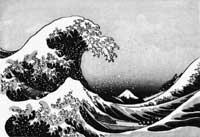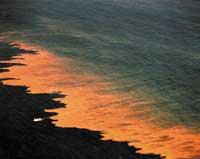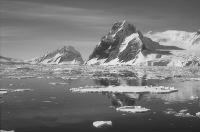After the tsunami, what?
2005/02/06 Galarraga Aiestaran, Ana - Elhuyar Zientzia
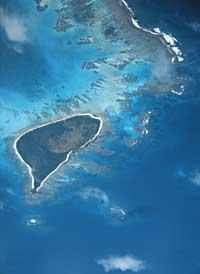
In South Asia a rumor has spread. It seems that fish should not be eaten from the areas affected by the tsunami. The fish is contaminated. It seems that eating fish is very dangerous, as the water carried numerous corpses and fish fed from these bodies believe they can infect diseases. The worst is that the rumor has caused serious damage that has caused a decrease in fish consumption.
To know the truth about the rumor, FAO has immediately analysed the edible fish and seafood in the area and has claimed that the rumor has no solid basis. He has spread the results of his research through a press release and has informed local authorities that eating fish or seafood is no risk to health.
Instead, to stop eating fish is really counterproductive, since in the diet of these countries fish is basic. In fact, the tsunami is the land that consumes the most fish in the world. In addition, survivors of the catastrophe are very weakened, so it is essential to eat fish to be well fed and be able to get ahead.
In Indonesia and Sri Lanka each person consumes an average of 21 kg of fish per year and in Maldives consumption reaches almost 200 kg. On the Indian coast the consumption of fish is also very high. That is why they have to continue eating fish; if not, they have nothing to eat. However, FAO warns that fish and seafood should be in good condition and should be consumed skimmed and well cooked.

However, FAO recognizes that there is a risk in fish farms. The problem is that the tsunami caused damage to the water supply and sewer system. Therefore, it is not surprising that some wastewater is filtered to nurseries. As a result, fish can get infections from viruses, bacteria, or parasites, and those who eat raw or uncooked fish can get sick. Good looking fish, well clean and well made, those who eat have no danger.
Toxins also worry about
On the other hand, when the waters mix, there may be a proliferation of toxic algae and the formation of red tides. The red tides are very harmful, since they kill the fish that eat toxic algae and, although not all die, the toxins accumulate both in the fish and in the seafood, but especially in the molluscs. Therefore, if someone eats has a high risk of intoxication. These toxins are extremely violent and cause really serious diseases. They can also cause death.
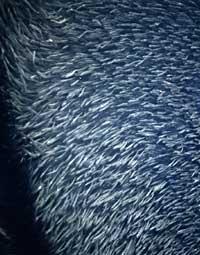
But this time there is no danger. According to FAO, the time available is not adequate for algae reproduction. In fact, they are in a time of rains and cold temperatures, so they do not believe that biotoxins are a problem.
There are also other toxins in water, such as heavy minerals. However, FAO believes there will be no problems with them, since the tsunami does not appear to have released natural chemicals sufficient to contaminate fish in a water mix.
Need to restore mangroves
In addition to food security, mangroves are also among the priorities of FAO. In fact, the recovery of mangroves would help a lot to overcome the disaster. However, FAO considers that mangrove planting programmes should be carried out with great care.
The mangroves occupy about 15 million hectares around the world, of which 40% were in areas degraded by the tsunami. For your life, mangroves are essential. From the mangroves, wood, fire hazelnuts and domestic building materials are extracted and, indirectly, they provide shelter and food to fish and seafood. They are, therefore, places suitable for fishing. They also protect from the big waves.
Although mangroves are very rich and useful, they cannot be planted anywhere. FAO considers that recovery programmes should be taken into account at all costs; otherwise, there is a risk that turtles will damage the places where they lay eggs or the beds of algae.
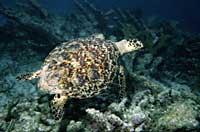
However, what is clear is that the wood is essential for the reconstruction of houses, the construction of infrastructures, the repair of boats and boats and the construction of new ones, as well as for the fire. Those of the FAO are aware of this, but fear that this need implies even more pressure in the mangroves. Today's bread, tomorrow's hunger? It is not easy to invent, but they are working for it.
Published in 7K.

Gai honi buruzko eduki gehiago
Elhuyarrek garatutako teknologia




